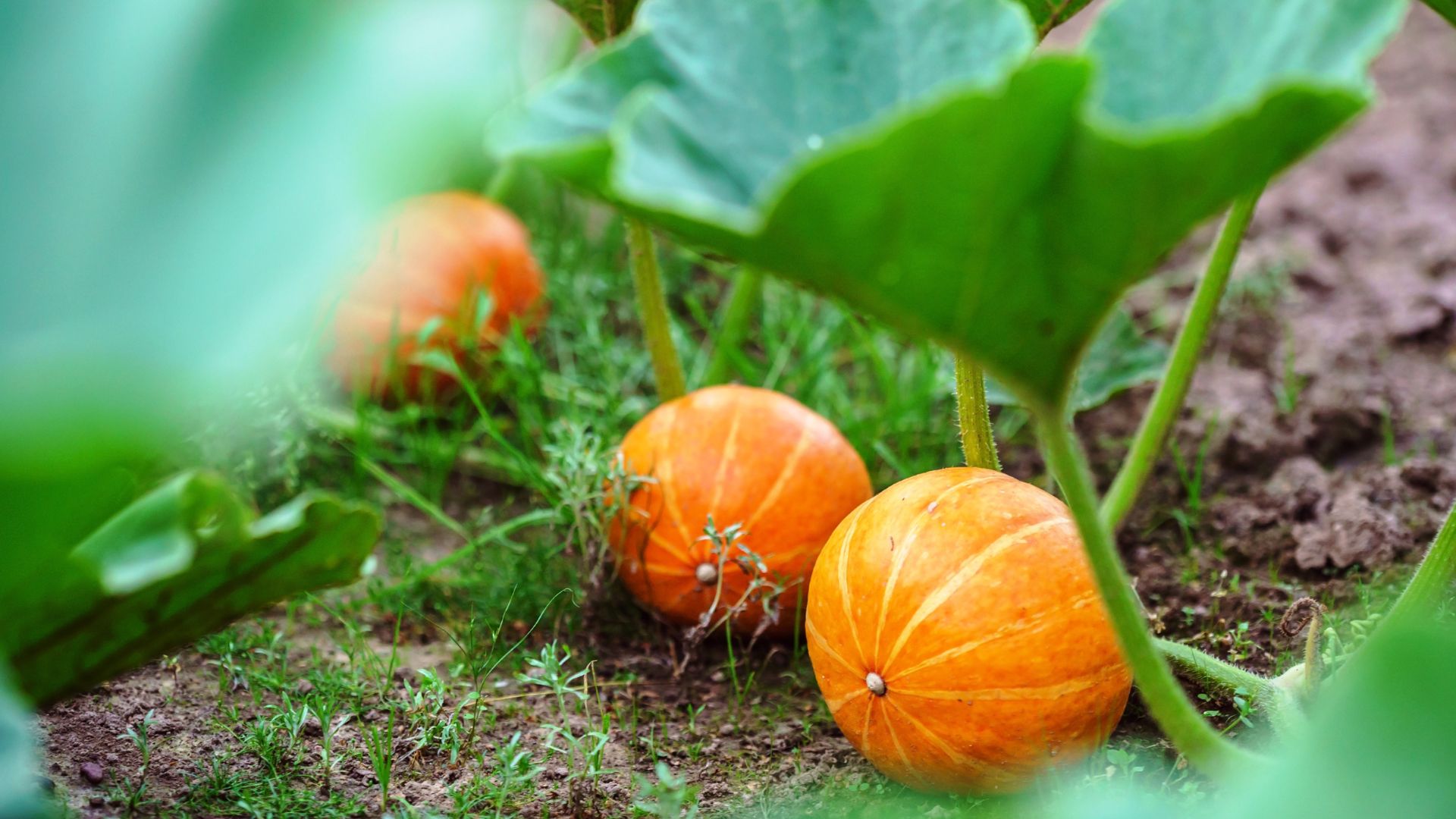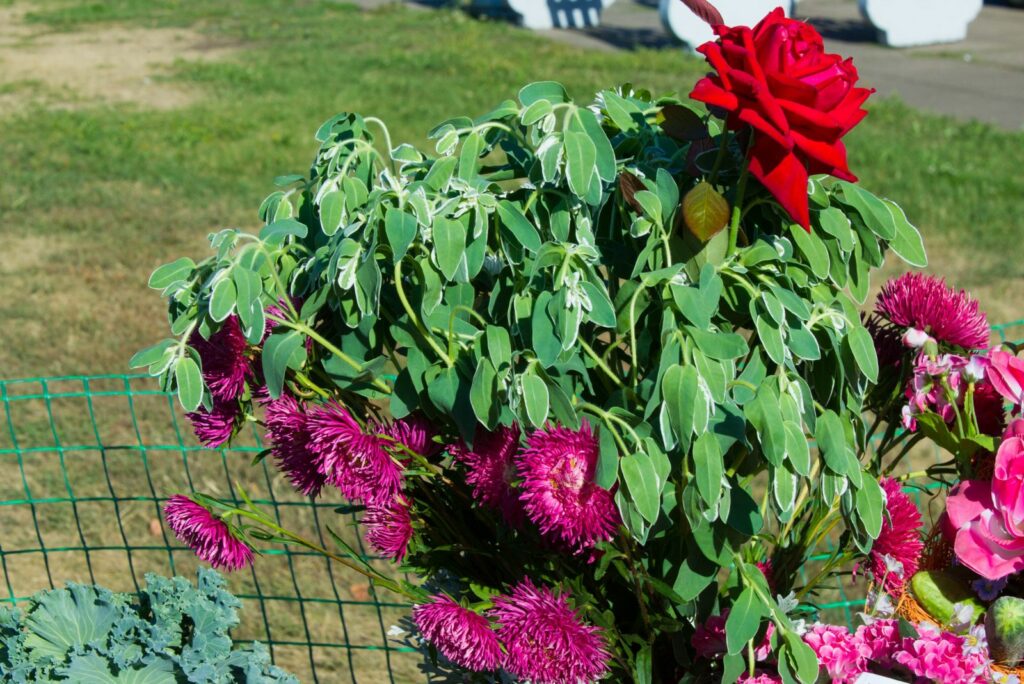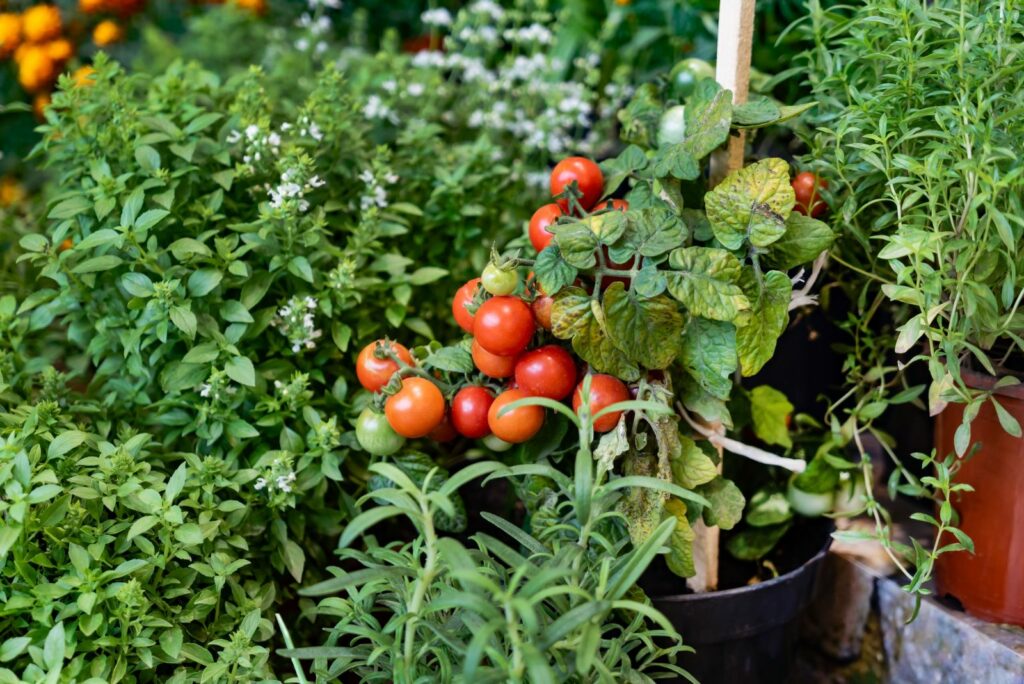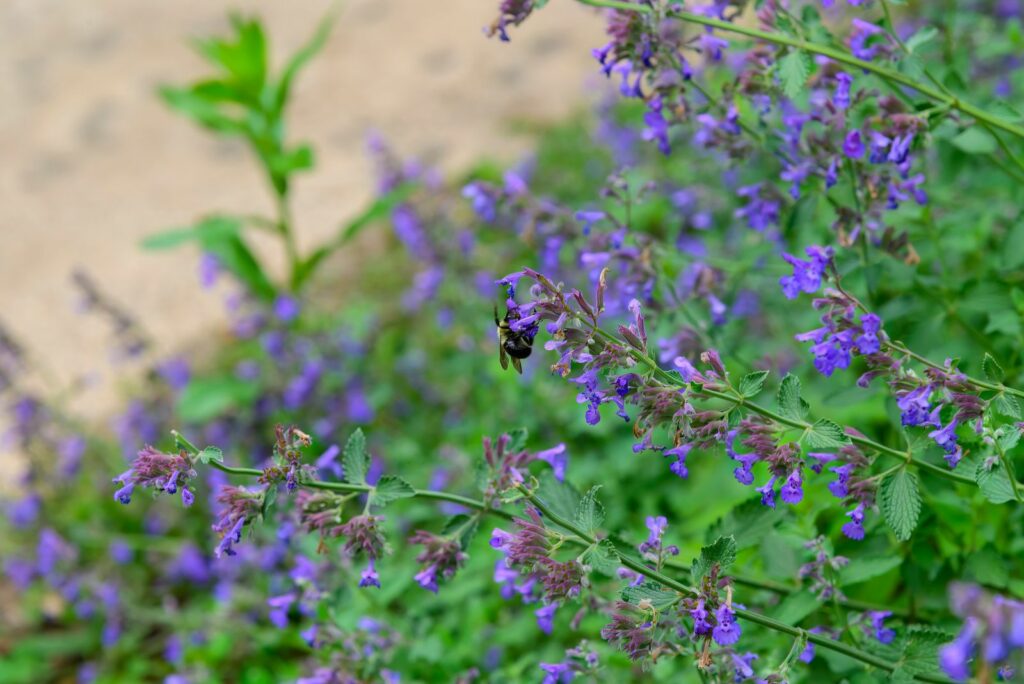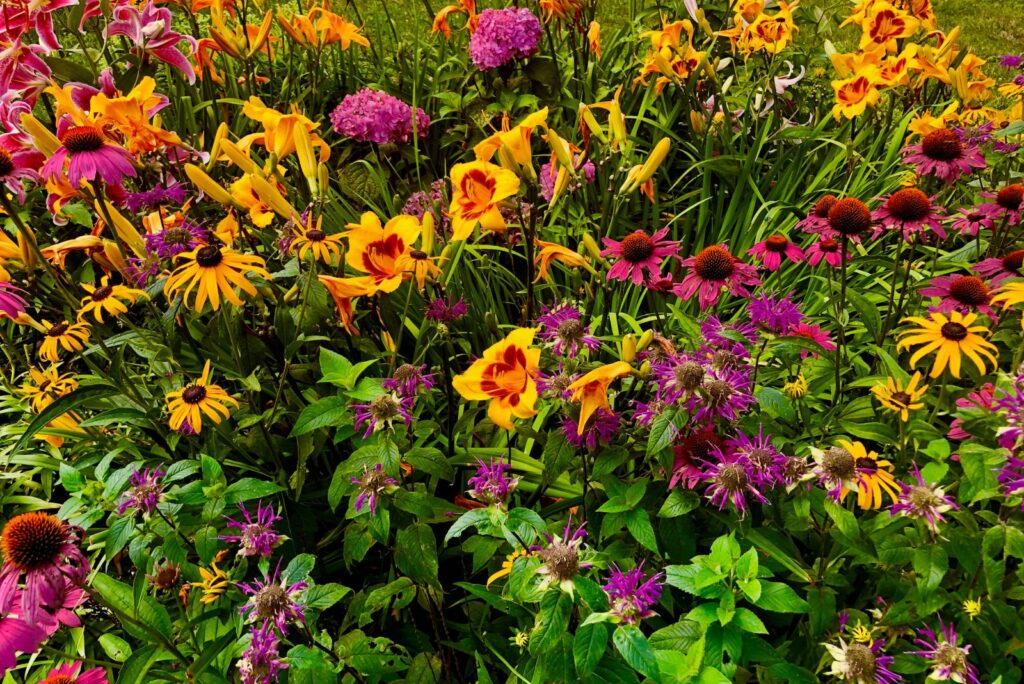Bee balms are the most beautiful flowers you can grow in your garden. Sometimes, though, they can feel a bit lonely when planted alone in flower beds. I realized something was missing the first time I planted them. Then one brilliant idea came to mind – companion planting.
I started searching for plants that grow well alongside bee balms until I found the perfect ones! These five plants turned out to be the best you can pair with your bee balms.
Not only will they create a beautiful landscape together, but they’ll also attract many beneficial pollinators! Now let’s take a look at these friendly flowers and veggies that go hand in hand with bee balms!
#1 Check Out How Roses Stunningly Complement Bee Balm Blooms
Roses come in different sizes and colors, such as yellow, orange, red, and pastel pink! Their stunning petals are perfect for bringing a touch of elegance to your garden.
But what do these flowers need to be the prettiest you’ve ever grown? Pollinators! What’s a better way to bring in pollinators than by growing bee balms?
Bee balms produce nectar and pollen, which bees adore! Once they spot bee balms in your garden, bees won’t be able to resist pollinating your roses too. Now that’s a positive outcome for everyone, if you ask me!
The red flowers of roses will go perfectly with your bee balms, bringing a colorful landscape to your garden. They both thrive in full sun! Six to eight hours will be enough to make these beautiful flowers stand out. You’ll need to water roses at least once a week!
#2 Plant Bee Balm Next To Tomatoes For Juicier Fruits
Tomatoes are delicious fruits (I know, this information shocked me, too) that everyone tries to grow at least once! They are a great source of vitamins and minerals, which is great for boosting your immune system.
Nothing tastes better than freshly harvested tomatoes, right? But if you want to get juicier fruits then you’ll need to plant them next to bee balms!
Bee balms can improve tomato growth and flavor by attracting all the pollinators they need to thrive. These colorful flowers will also repel hornworms, which are well-known enemies of tomatoes!
Like bee balms, tomatoes also need to be planted in the sunniest part of your garden. As for watering, once a week will be enough!
#3 Catnip Will Protect Your Bee Balm From Dangerous Pests
Catnip is another adorable plant that is perfect for growing next to your bee balms! The grayish-green foliage of catnip, which has a unique sweet and minty scent, will complement bee balms very well.
The best part about growing catnip next to your bee balms is that these plants will keep them safe, even from the most troublesome pests! Catnip’s strong scent will repel any pest that tries to sneak into the bee balm.
Catnip requires full sun, and as for watering, you’ll only need to do it once the top inch of soil feels dry!
#4 Growing Bee Balm Next To Squash Can Bring Plenty Of Fruits To Harvest
Squashes are beneficial crops that you need to grow in your garden! They have everything you need to improve your health. They are rich in vitamins A and C, magnesium, and potassium!
Growing them near your bee balms can lead to higher yields, which means more delicious and healthy crops to harvest. Bee balms will attract pollinators, which are crucial for better growth!
Squashes also need at least six hours of full sun! Watering them once a week early in the morning will give you the best results.
#5 Bee Balm And Black-Eyed Susan Thrive In The Same Growing Conditions In Your Garden
Black-eyed Susans are golden yellow beauties that make a perfect addition to your garden. Their yellow petals will complement your red or purple bee balms, making your garden beautiful all summer!
These two interesting plants grow in the same conditions. Black-eyed susans (like bee balms) will grow best in well drained soil and full sun! Watering once a week will help you avoid overwatering which can lead to disaster.
Folks, these are the special plants that you can pair with your bee balms! Growing these veggies and flowers next to your bee balms will be the golden ticket for a thriving garden.
When these plants grow together, they become powerful and can help each other! Bee balms will attract pollinators, while others repel pests and protect one another. Isn’t that great? The sooner you start growing these five amazing plants alongside your bee balms, the better!
You don’t need to spend hours in your garden, monitoring them every day, because these are one of the easiest plants you can grow! Well, I don’t want to keep you any longer because you have some planting to do!
Good luck!

